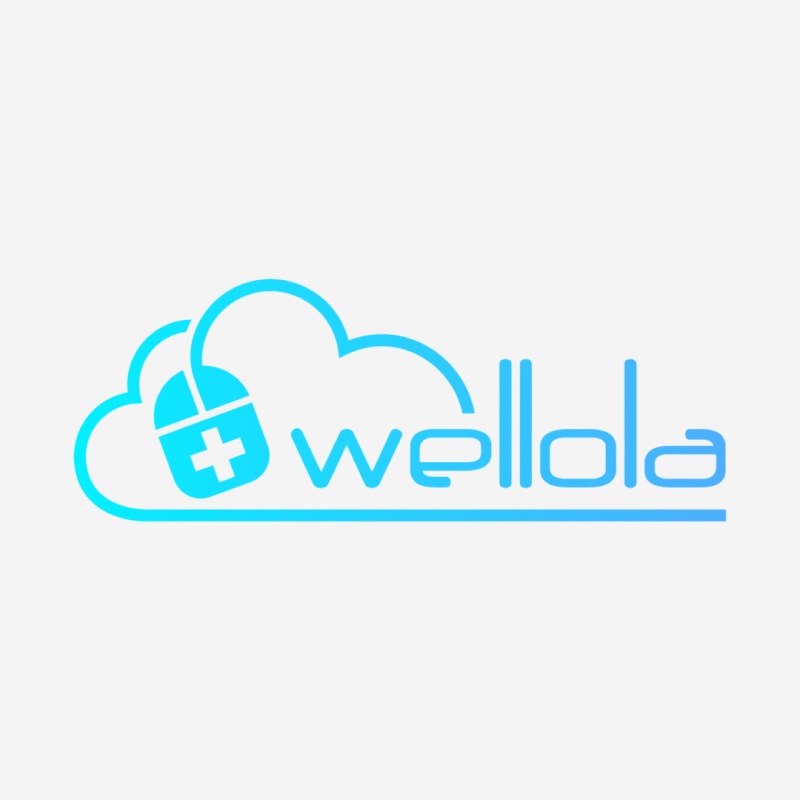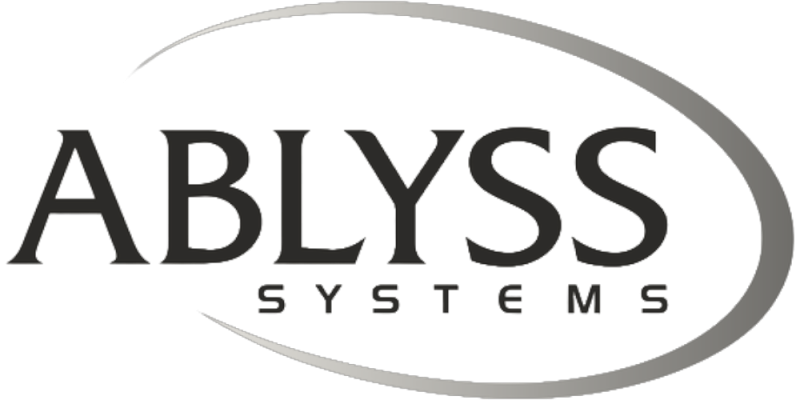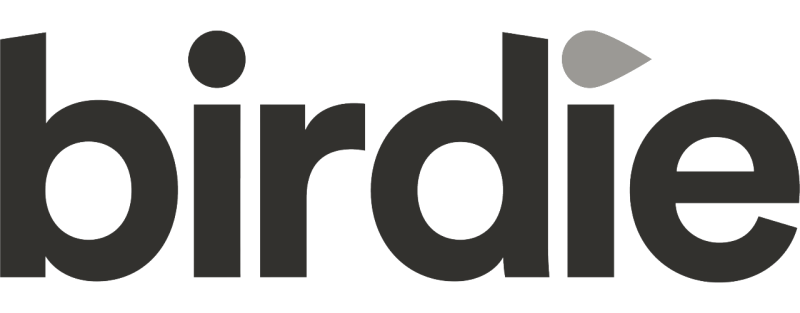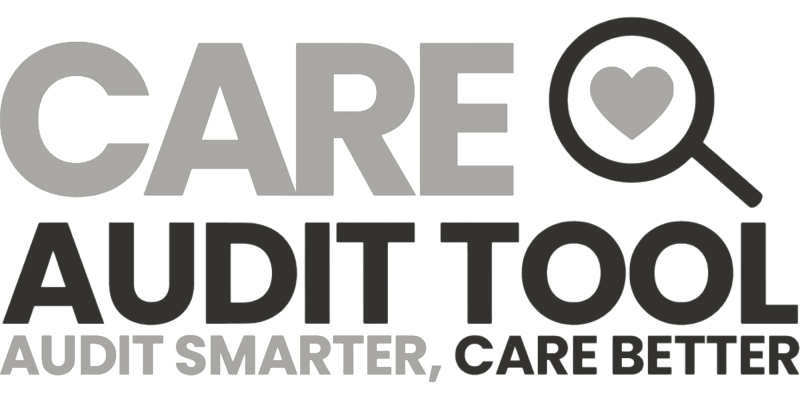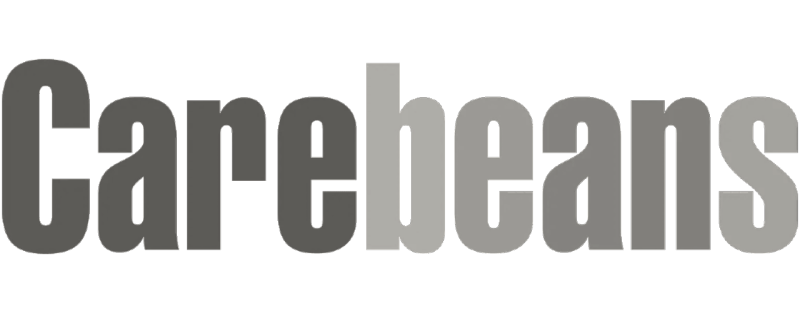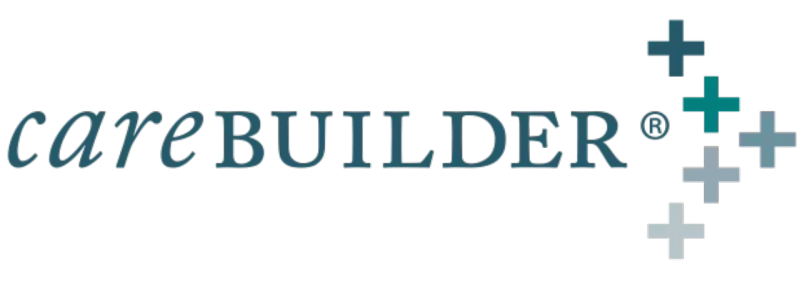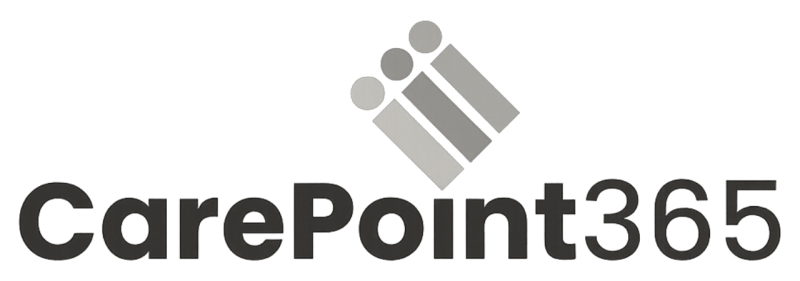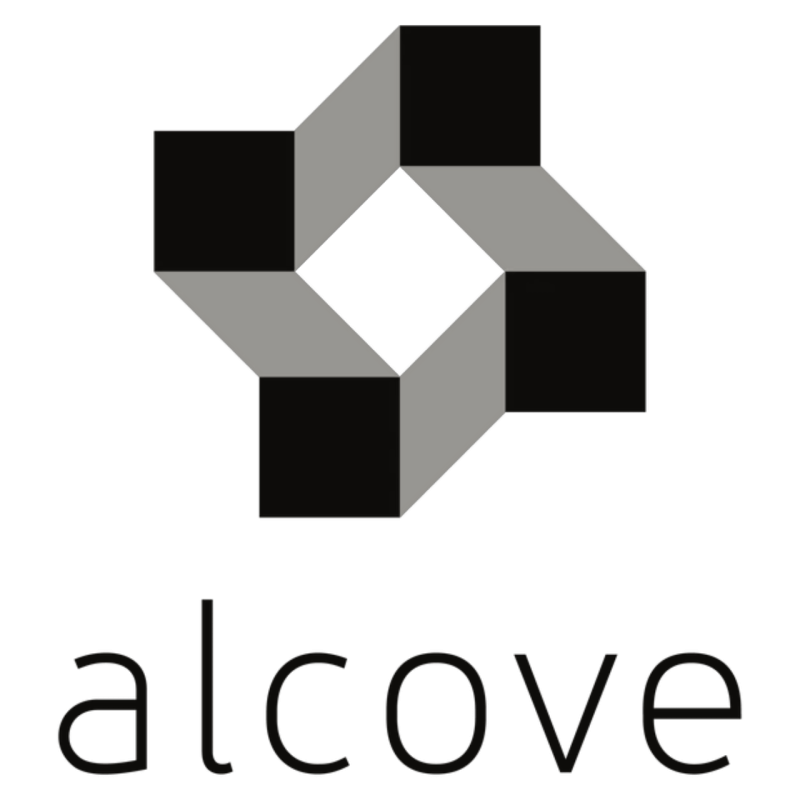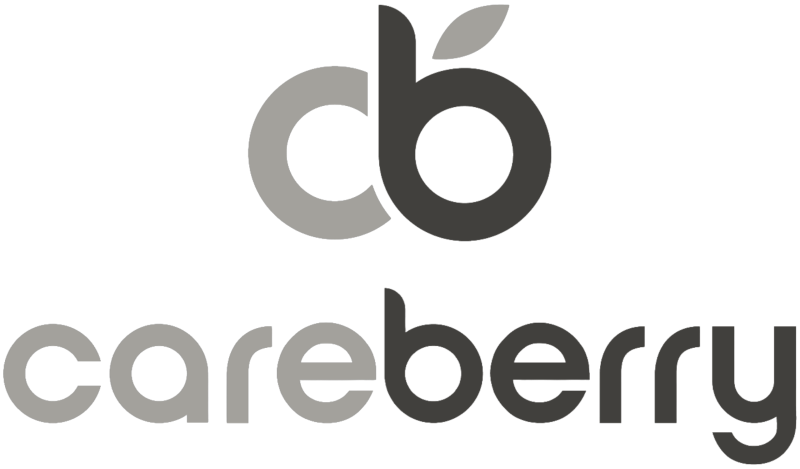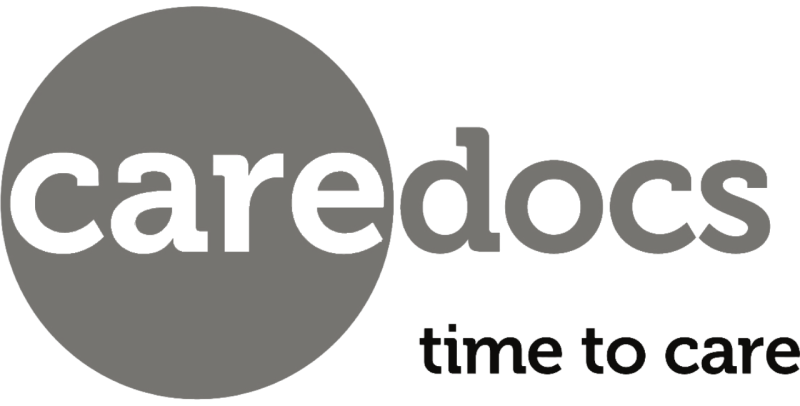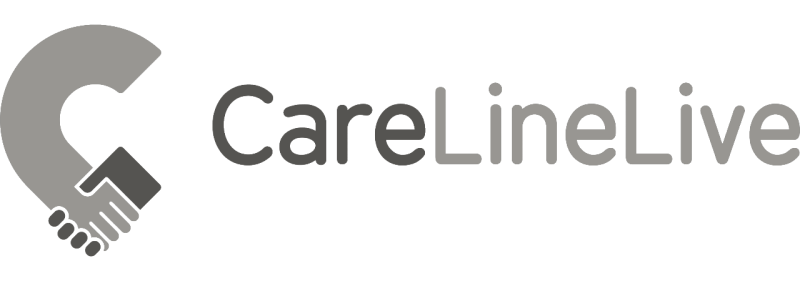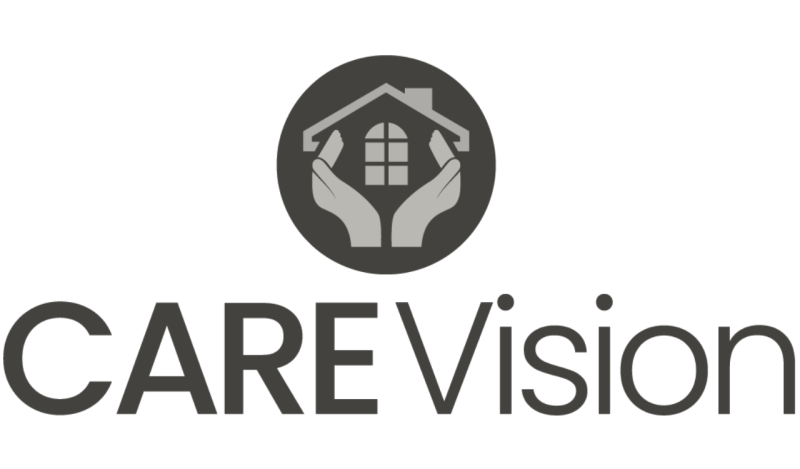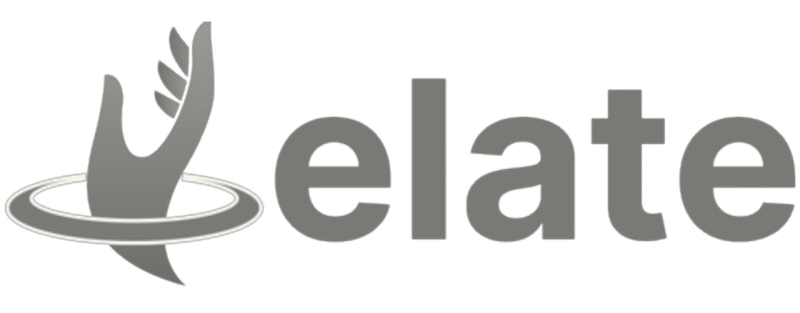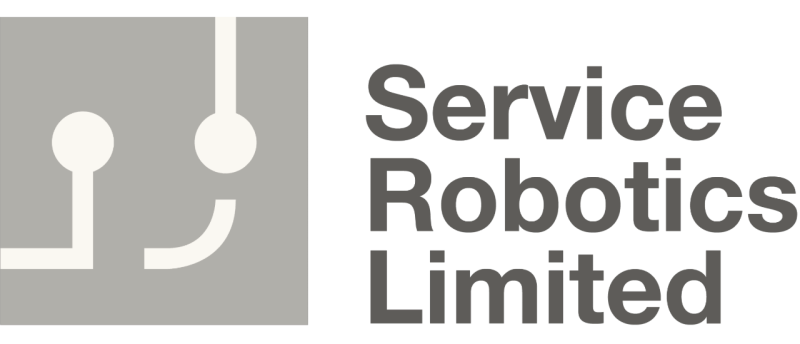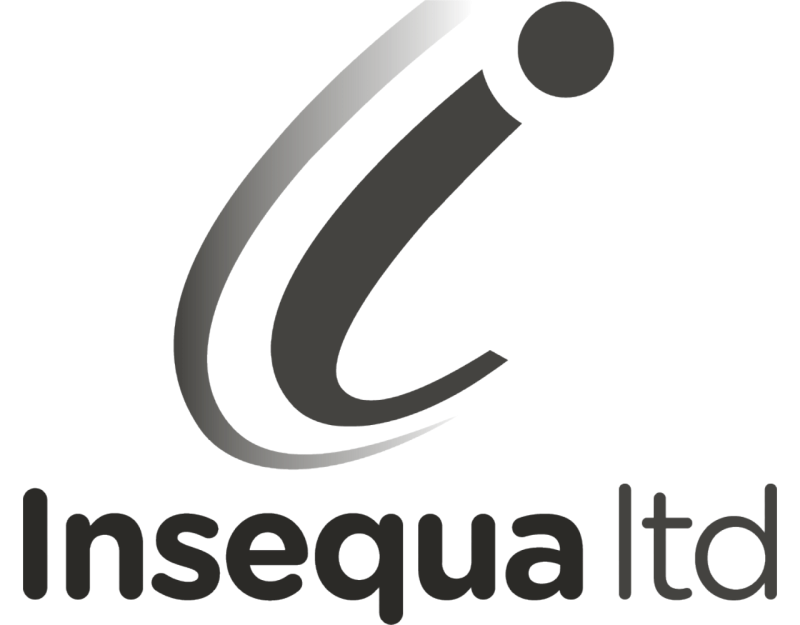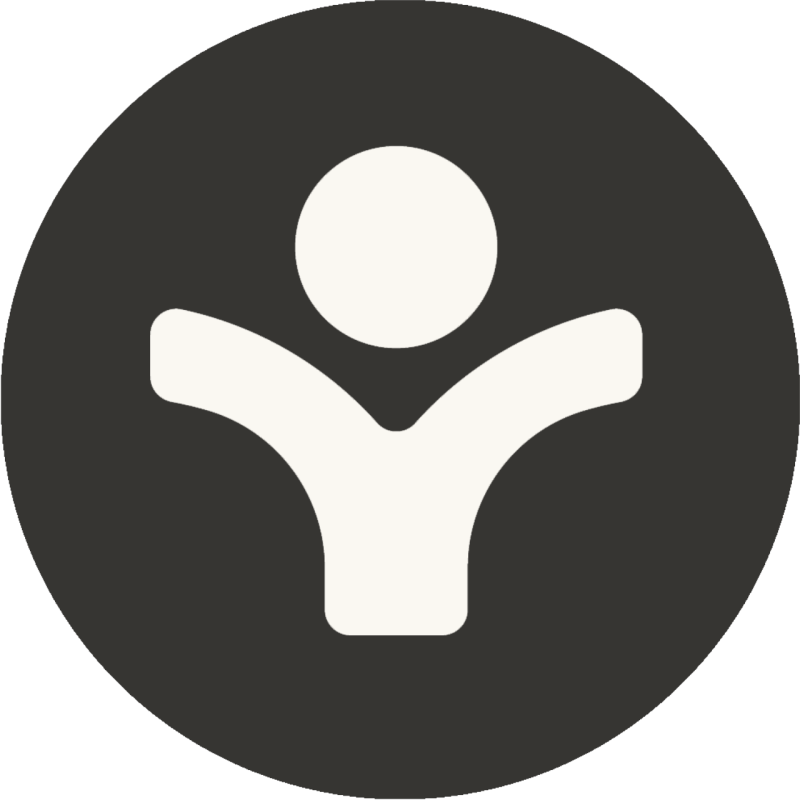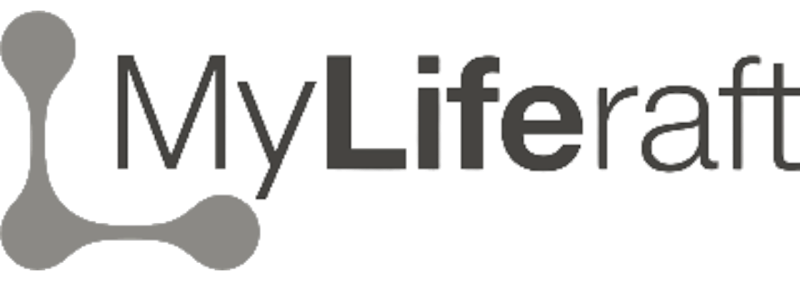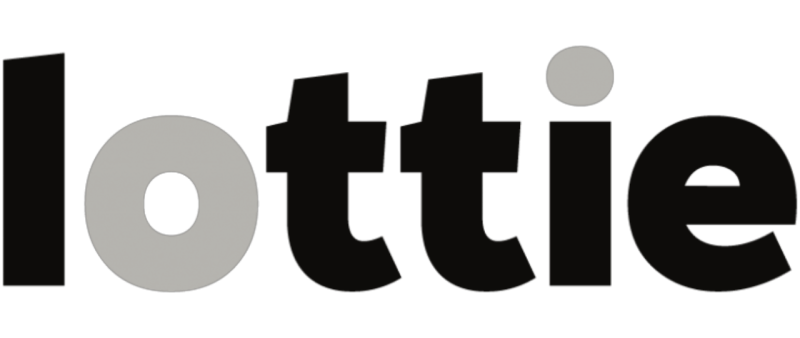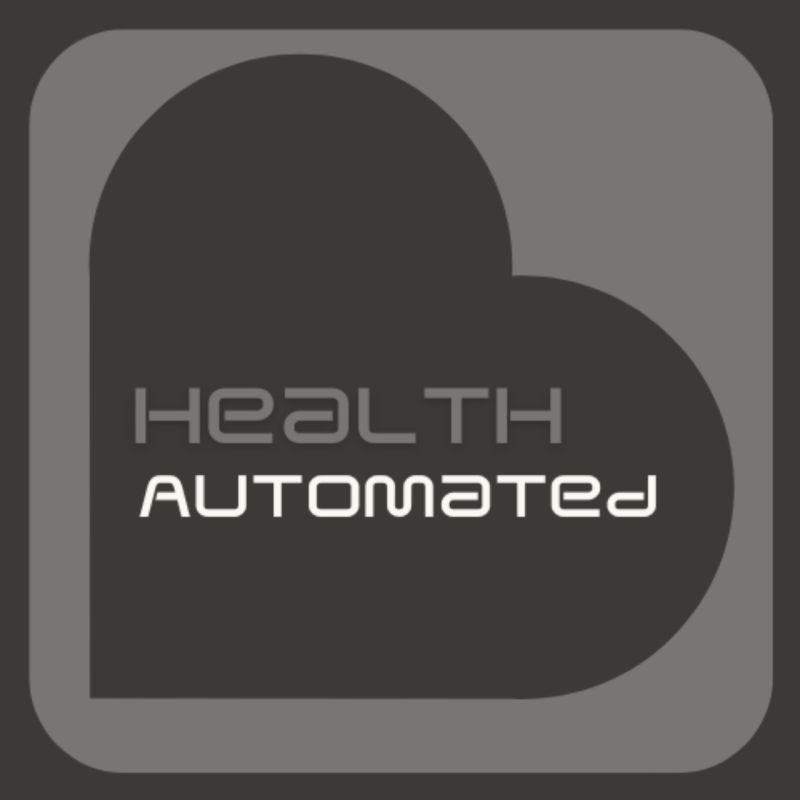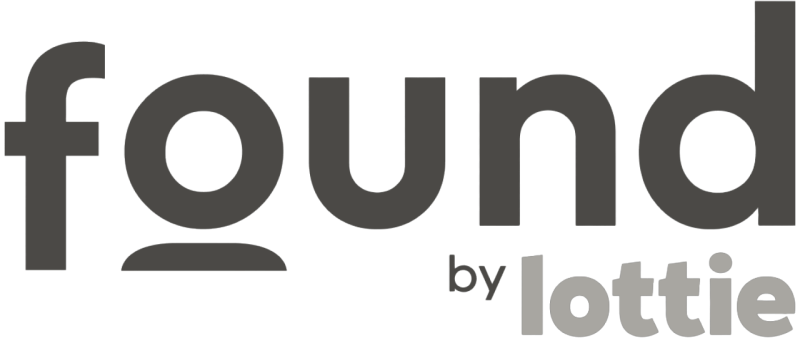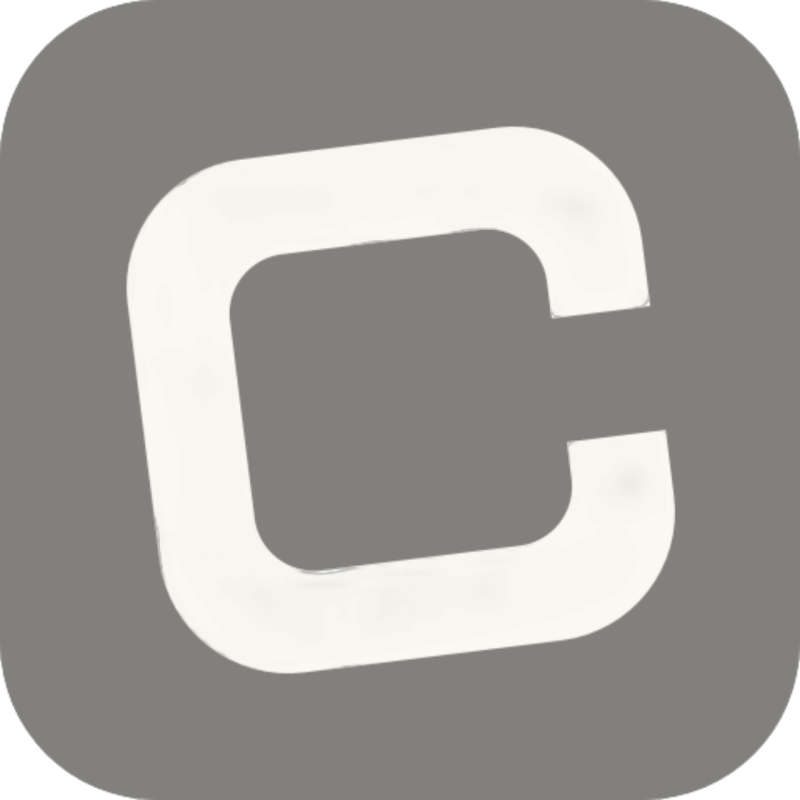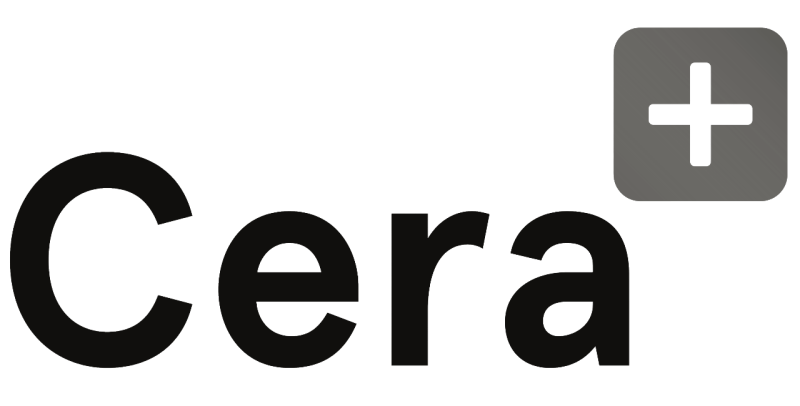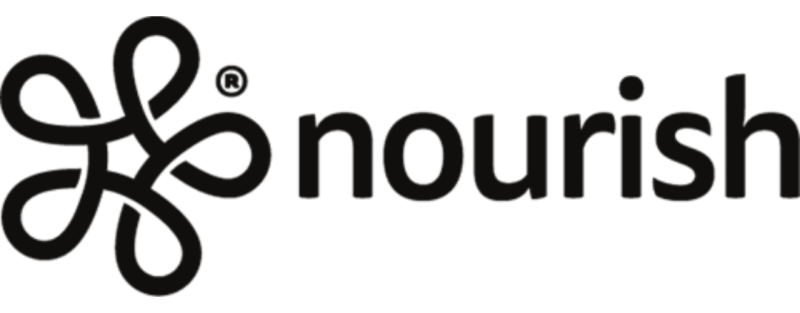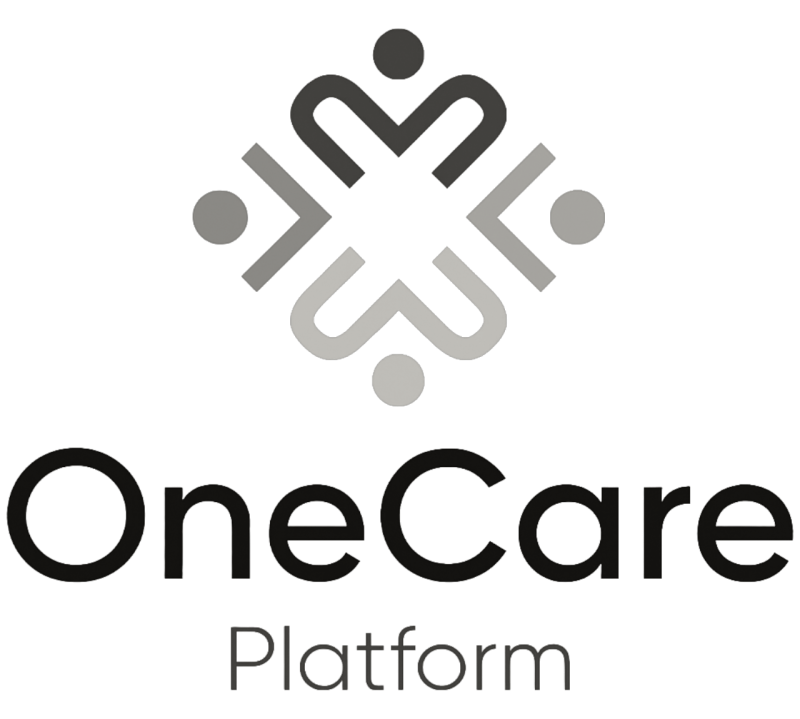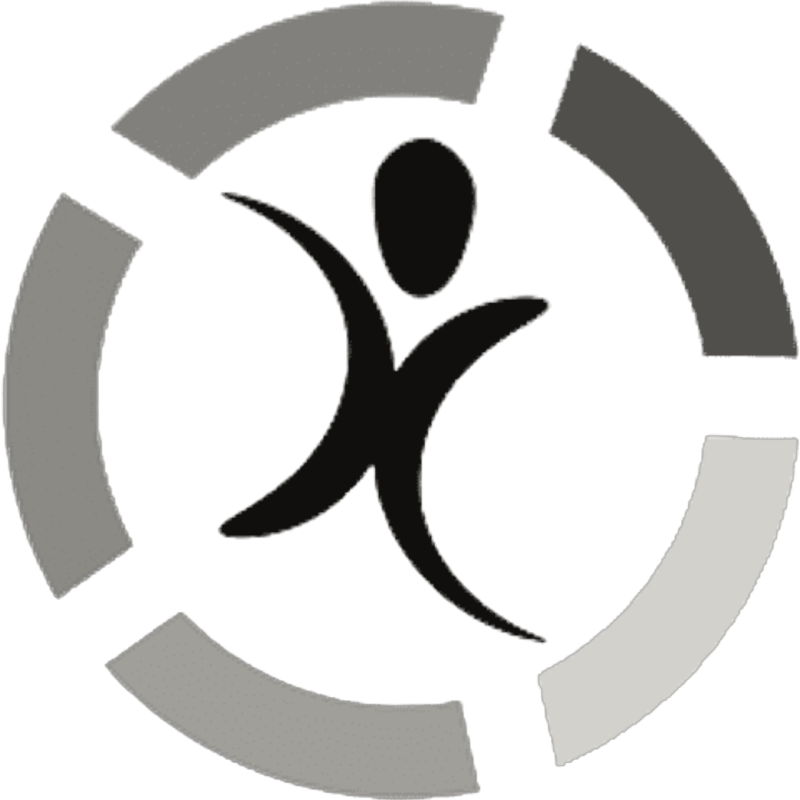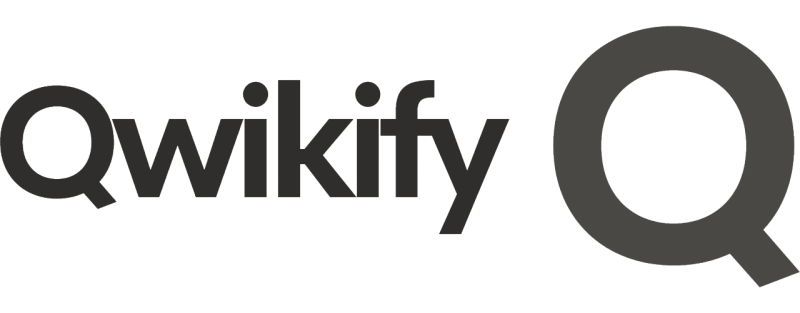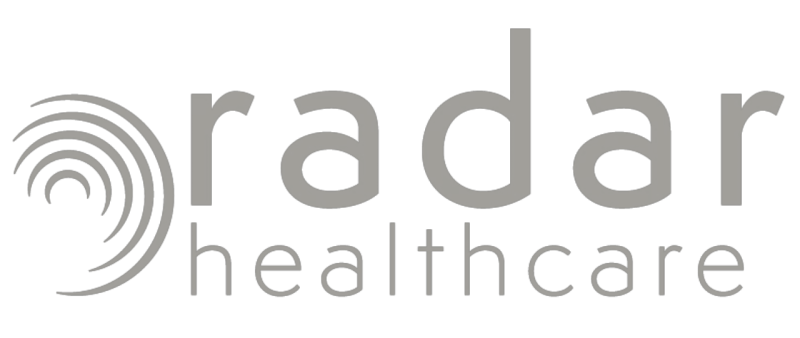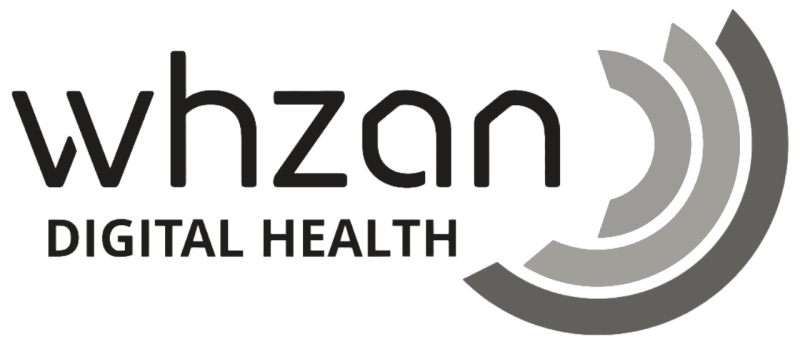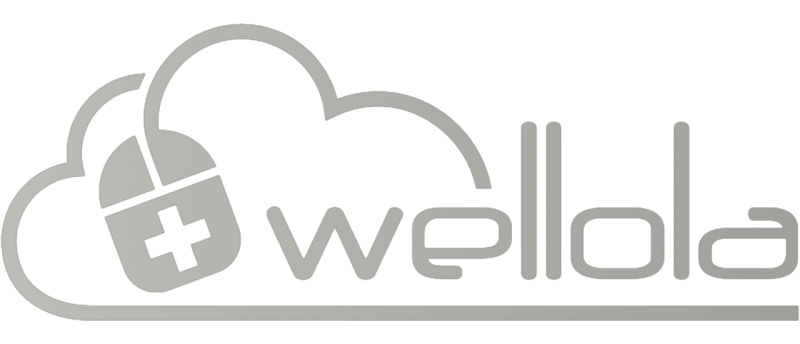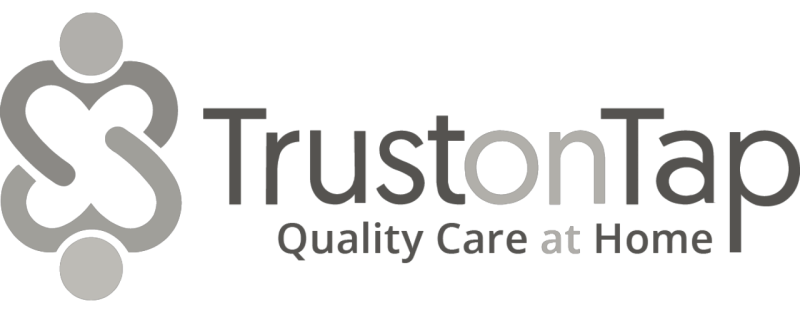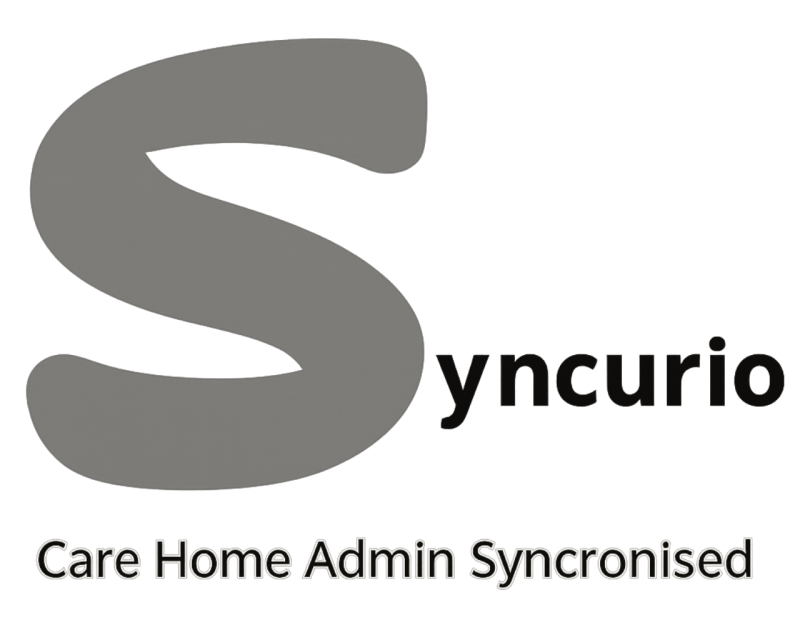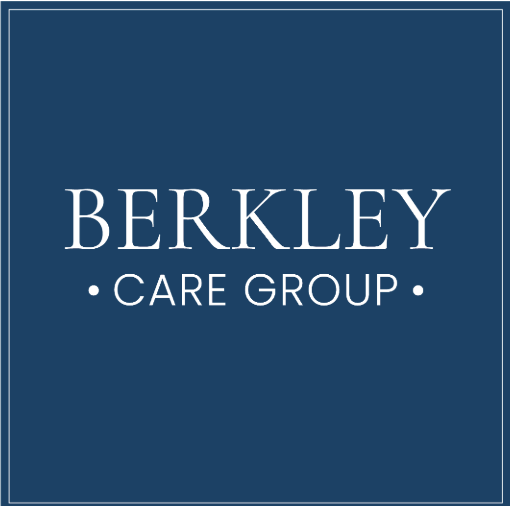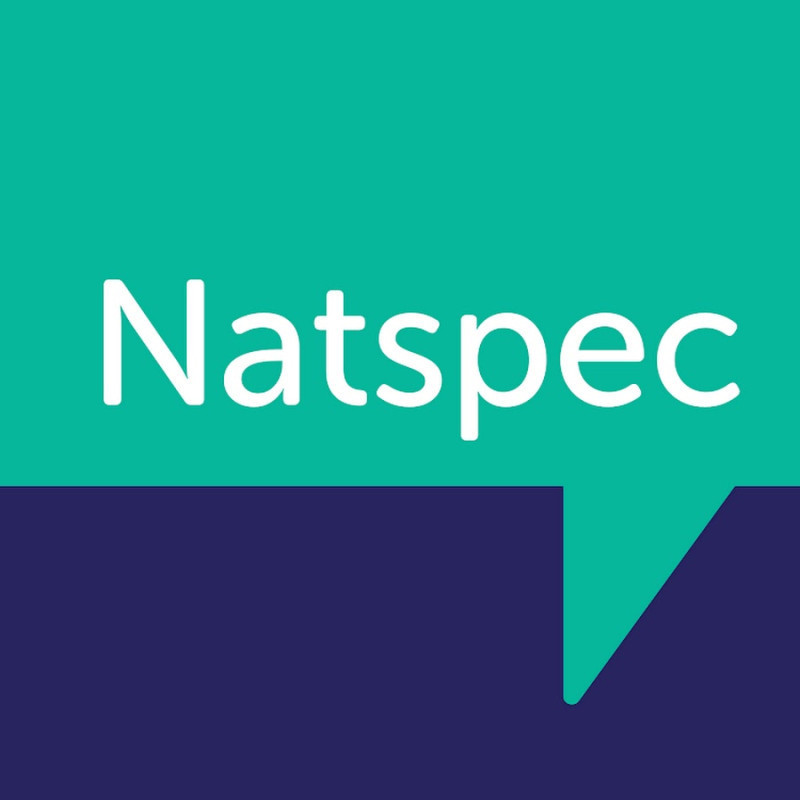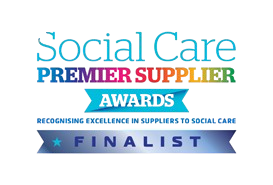Overview
Headquarters: Leeds, United Kingdom (with origins in Dublin, Ireland)
Categories: Screening, Monitoring & Telecare; Patient Communication Platform
Core Product: Wellola (Portasana – secure patient communication and telehealth platform)
Introduction
Wellola is a leading provider of secure patient communication platforms, designed to improve efficiency, reduce administrative burden, and enhance patient engagement across health and social care. Founded in 2016 by physiotherapist Sonia Neary and Dr. Greg Martin, Wellola has grown rapidly, serving over 750 healthcare organisations across the UK and Ireland.
Its flagship product, Portasana, is a modular, interoperable patient portal and telehealth solution that integrates seamlessly with existing clinical systems. By enabling secure messaging, video consultations, appointment scheduling, and access to patient records, Wellola empowers patients to take a more active role in their care while supporting providers to deliver services more efficiently.
Wellola’s mission is to “future‑proof patient communication”, shifting care from hospital to community settings and supporting preventative, self‑managed models of healthcare.
User Feedback: Strengths and Weaknesses
Feedback for Wellola comes from NHS and HSE case studies, Trustpilot testimonials, and sector reviews. Overall, sentiment is strongly positive, though some caveats are noted.
Positive Feedback
Ease of use
Patients and clinicians describe the platform as intuitive and accessible across desktop, mobile, and SMS.
Secure communication
Providers value the encrypted messaging and video consultation features, which ensure confidentiality and compliance with GDPR and NHS standards.
Interoperability
Wellola’s FHIR‑based APIs allow integration with EHRs and PAS systems, reducing duplication and ensuring continuity of care.
Efficiency gains
Case studies highlight reductions in missed appointments, travel time, and administrative workload.
Patient empowerment
Families and patients appreciate access to records, test results, and care pathways, which improve transparency and engagement.
COVID‑19 response
Wellola was widely adopted during the pandemic, with the Irish HSE deploying its platform to deliver remote care and reduce contagion risk.
Customer support
Testimonials highlight Wellola’s collaborative approach, with responsive support and training.
Negative Feedback and Caveats
Learning curve for providers
Some clinicians report that configuring care pathways and templates requires training.
Integration challenges
While FHIR‑based, integration with legacy systems can require custom development.
Connectivity requirements
As with all telehealth platforms, reliable internet access is essential, which can be a barrier in rural areas.
Cost considerations
Smaller practices note that while Wellola delivers strong value, subscription costs may be higher than basic alternatives.
Patient digital literacy
Some patients, particularly older adults, require support to use portals and apps effectively.
In summary, user sentiment is strongly positive around security, interoperability, and patient empowerment, while challenges include training, integration, and digital literacy.
Products and Capabilities
Portasana Patient Communication Platform
Wellola’s flagship product is Portasana, a modular, cloud‑based platform. Key features include:
Secure Messaging
Encrypted two‑way communication between patients and providers
Reduces reliance on phone calls and letters
Supports asynchronous communication
Video Consultations
Integrated telehealth functionality
Reduces unnecessary in‑person visits
Supports multidisciplinary team meetings
Appointment Scheduling
Patients can self‑book, reschedule, or cancel appointments online
Reduces no‑shows and administrative workload
Patient Record Access
Patients can view aspects of their electronic health record
Access to progress notes, test results, and care plans
Care Journeys
Configurable digital care pathways with educational content
Supports condition‑specific management (e.g., diabetes, COPD, smoking cessation)
Forms and Symptom Tracking
Digital forms for pre‑consultation data collection
Symptom monitoring tools for long‑term conditions
Device Integration
Compatible with remote monitoring devices
Supports preventative and community‑based care models
Analytics and Reporting
Dashboards for providers to track engagement and outcomes
Data to support population health management
Interoperability and Standards
Wellola is designed as a secure, interoperable platform, with:
FHIR‑based APIs: Seamless integration with EHRs and PAS systems
GDPR compliance: Encryption, secure hosting, and audit trails
ISO 27001 certification: Information security standards
NHS DFOCVC framework: Approved supplier for primary care digital services
Accessibility: WCAG 2.1 compliance for patient portals
Market Position
Wellola operates across the UK and Ireland, serving:
NHS Trusts and hospitals
HSE (Ireland)
Community health services
GP practices and clinics
Allied health professionals
Nursing and residential care providers
It differentiates itself through:
Patient‑first design: Built by clinicians for clinicians and patients
Comprehensive coverage: Messaging, video, scheduling, records, and care pathways
Regulatory assurance: ISO 27001, GDPR, NHS frameworks
Scalability: Suitable for small practices and large health systems
Innovation: Care Journeys and proactive population health tools
Competitors include Patients Know Best, Accurx, and eConsult. Wellola positions itself as the modular, interoperable alternative, particularly attractive to providers seeking secure, patient‑centric communication.
Implementation and Support
Wellola emphasises a collaborative onboarding process, with:
Demos and consultations
Training for staff and administrators
Dedicated account managers
Responsive technical support
Regular updates and feature enhancements
Providers report smooth implementation, though advanced configuration requires training.
Security and Data Protection
Wellola takes a standards‑driven approach to protecting sensitive health information. The platform is fully aligned with GDPR compliance, ensuring data is processed transparently and in line with legal requirements. Its commitment to best practice is further demonstrated through ISO 27001 certification, an internationally recognised benchmark for information security management.
All records are safeguarded using encryption and secure hosting, while role‑based access controls ensure that only authorised individuals can view or update specific information. To maintain accountability, Wellola generates detailed audit trails and activity logs, giving organisations clear oversight of how data is accessed and used.
In addition, the company has established disaster recovery protocols to minimise downtime and restore services quickly in the event of disruption. This combination of compliance, certification, technical safeguards, and resilience measures provides a strong foundation of trust for providers and patients alike.
Conclusion
Wellola is a leading provider of patient communication and telehealth platforms, offering a secure, modular, and interoperable solution that empowers patients and improves efficiency for providers. Its strength lies in combining secure messaging, video consultations, appointment scheduling, and care pathways into one platform, while ensuring compliance with NHS and EU standards.
User feedback consistently highlights security, interoperability, and patient empowerment, while challenges include training, integration, and digital literacy.
For providers seeking a trusted, patient‑centric communication platform that supports preventative, community‑based care, Wellola represents a credible and innovative option. Its emphasis on interoperability, security, and patient engagement positions it as a key player in the UK and Irish digital health market.
References
Wellola – Official Website https://www.wellola.com/
UK Digital Marketplace – Wellola Patient Communication Platform Service Definition PDF
Silicon Republic – Wellola: A Digital Health Platform to Reduce Hospital Overcrowding https://www.siliconrepublic.com/start-ups/wellola-sonia-neary-digital-health-portasana-hospital-overcrowding
